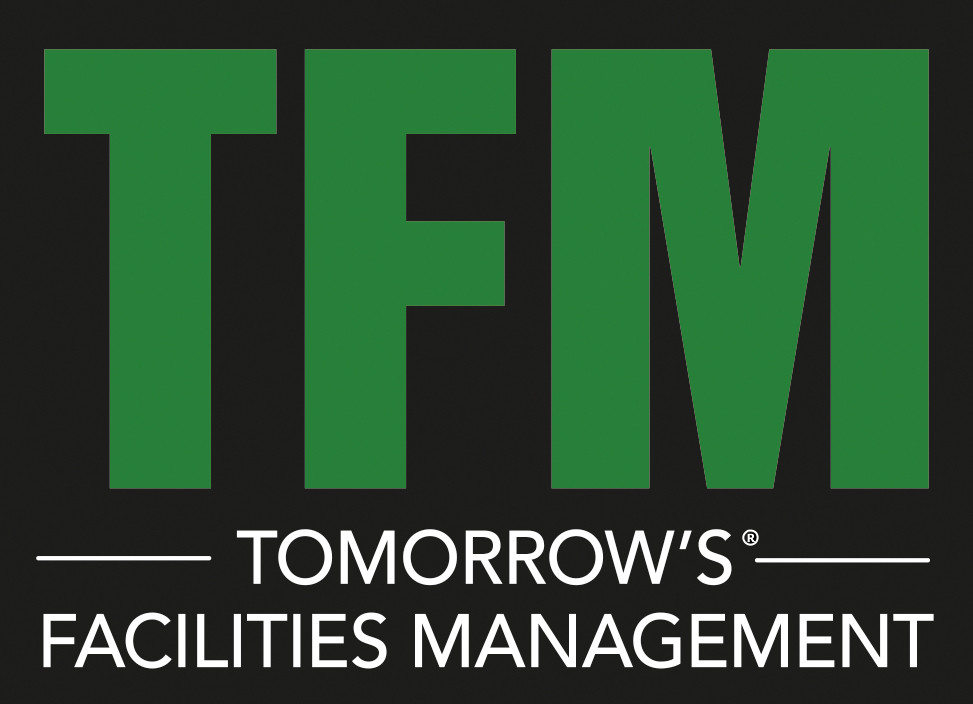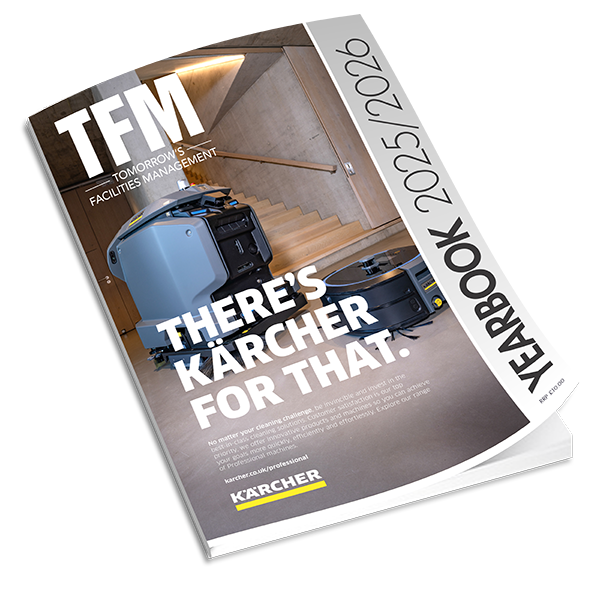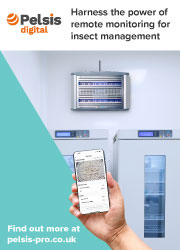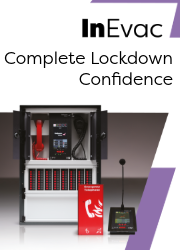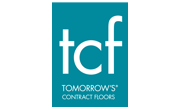Prabhu Ramachandran, CEO of Facilio, details how leading FM service providers overcame the limitations of legacy systems and switched to modern platforms to drive tech-led growth and innovation.
The changing nature of work has transformed the role of buildings in society. There is a clear shift in the expectations of stakeholders - building owners, tenants, and occupants. These new expectations are transforming how facilities need to be run and managed.
Enterprises want to adapt to new demands from tenants and occupants in offices, while healthcare, education institutions and other venues want to improve the facility's impact on the bottomline. The most pressing demands of end-users today are:
- Get faster response time with high-quality service.
- Experience fewer faults and less critical downtime.
- Enjoy a richer, more connected user experience.
- Boost profitability by reducing consumption to offset rise in costs.
Unfortunately, legacy point solutions are not built to accommodate the needs of a rapidly evolving facilities landscape. Facility managers need better technology, smart automation, and deep analytics to meet these new demands from stakeholders.
There is an urgent need to leverage data-driven and cloud-based facilities management platforms that integrate all processes under a unified digital ecosystem. Cloud-based Connected CMMS solutions are successfully fulfilling this urgent need.
Modern facilities management platforms give service providers greater control and better visibility at a lower operational cost. Critically, they overcome the shortcomings of legacy systems that limit growth and innovation.
Legacy tools restrict growth and innovation
Facing a changing landscape of facilities management, and growing demands of stakeholders, FM teams feel restricted by legacy systems and point solutions.
Legacy products were designed to solve specific problems, like recording maintenance logs, generating work orders, or running individual systems. They lack the ability to communicate with other systems, are cumbersome to manage, and have little modular flexibility. To make legacy tools work with other products, FM service providers often need to engage software vendors for process changes that require custom development. These exercises quickly become expensive and eat up resources.
Without seamless system interoperability, facility managers find it virtually impossible to get a holistic view of operations and generate useful analytics. This leads to blind spots in decision making and they find themselves in a hard position to transfer value to the end customer.
Drive growth and innovate faster
To become growth drivers, FM service firms need unified facilities management platforms that are flexible, adjust to the changing needs of stakeholders, and scale easily with business growth. With unified Connected CaFM platforms, FM service firms can achieve the following benefits:
1. Bridge in-house and contracted operations
By using a connected CaFM solution, Integrated Facilities Management (IFM) companies can create a simplified approach to digitising end-to-end operations, consolidating data from diverse sources, and providing centralised operational visibility all in one place. This helps service providers bridge the gaps between in-house and contracted operations and create a streamlined delivery workflow with better communication and collaboration across teams.
Case in point: Saudi-based CIT Group
Facilio’s Connected CaFM platform made it easy for the Saudi-based CIT Group to customise workflows and create templates. The team setup dashboards and reports enabling transparent reporting, streamlined communication and smoother collaboration between in-house and contracted operations.
Naser Gulaid, Executive Chairman at CIT Group, says: “Our primary objective for deploying a modern, cloud-based facilities management platform was to enhance the visitor experience and ensure smooth operations. Facilio’s platform effortlessly handles KPI reporting and audit-readiness, which was tedious with legacy systems.”
2. Reduce escalations and create a happy workforce
With a Connected CaFM, FM firms get holistic, real-time visibility of building operations and are able to make better decisions using data insights. The portfolio-wide visibility gives FM teams a superpower to foresee escalations, reprioritise resources and address any failures before they happen.
By proactively resolving friction points, CaFM platforms help create a more efficient and happier workforce while delivering frictionless experiences for end users.
Case in point: Dubai-based Quality FM Group
With Facilio’s Connected CAFM, Quality FM makes decisions based on system-wide data insights, thus reducing disruptions and downtimes. With less friction and fewer escalations, Quality FM Group has improved their team efficiency and happiness.
Sumith Sukumaran, Operations Manager at Quality FM Group Dubai, says: “As soon as we migrated to the new system, we saw a steep drop of up to 80% in customer escalations. Staff efficiency has significantly increased and we now have a much happier workforce.”
3. Grow faster across verticals and service lines
Data-driven delivery is key to delivering integrated facilities management services in today’s rapidly changing facilities landscape. Connected CAFM solutions allow facility managers to create powerful workflows that enable delivery of multiple services through a unified platform.
This is in contrast to legacy tools where limited interoperability restricts bundling of services. IFM companies are using this technical differentiation to position themselves as superior to other vendors in the market and have improved their win-rate for new business.
Case in point: UK-based Q3 services
Facilio’s Connected CaFM helps Q3 services deliver strategically bundled services. This has directly improved the bottom-line. Q3 can now easily set-up smart workflows and use this modern, connected CaFM platform technology as a core differentiator to win new customer accounts.
Mark Hazelwood, MD of Q3 Services, says: “With integrated FM, we are able to provide the entire gamut of services. Data-driven delivery is absolutely key to do this well, and without a Connected CAFM platform, it's just not possible.”



